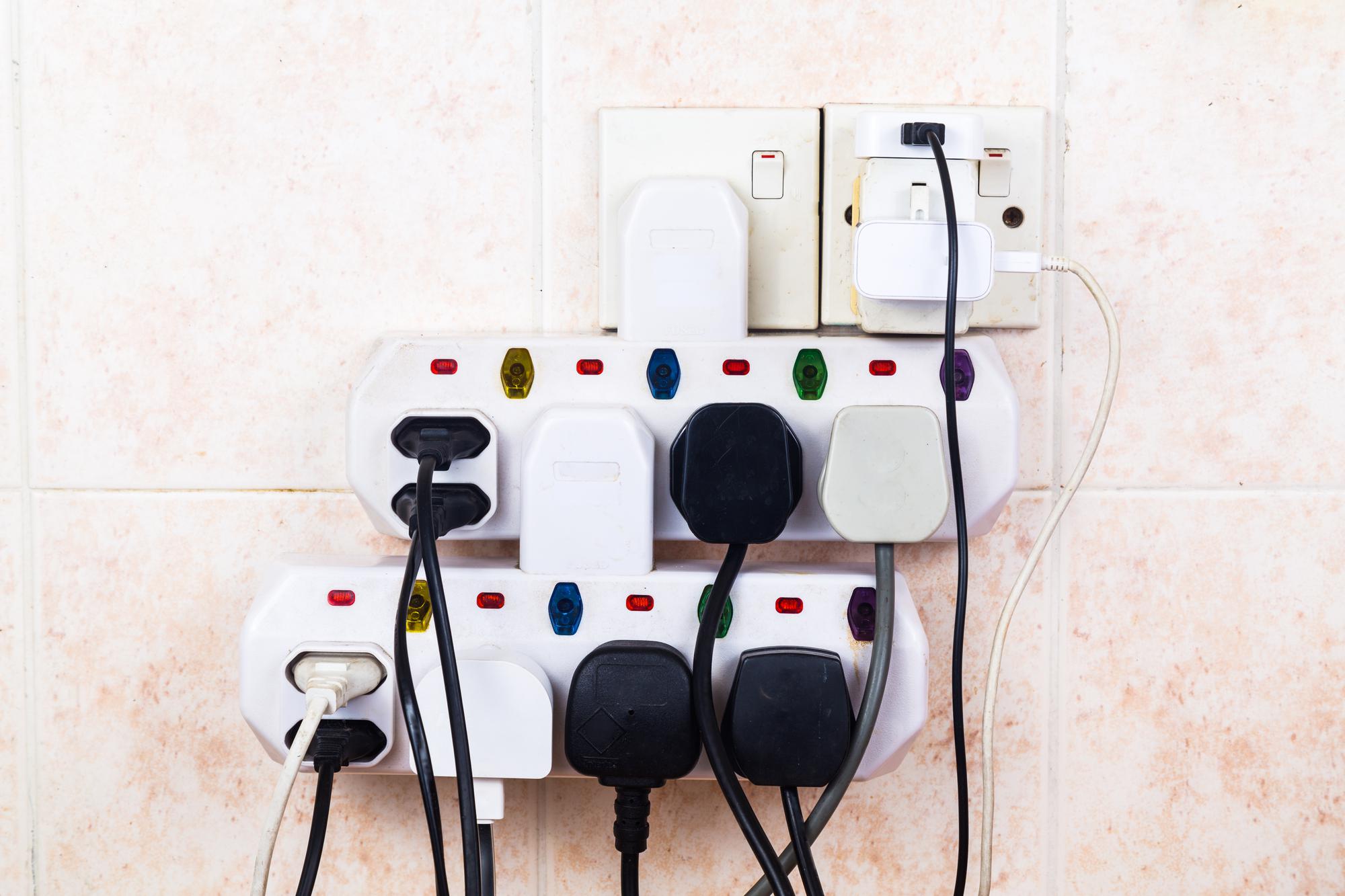How to Prevent Power Surges

Power surges – you’ve probably experienced one before. You’re busy, typing up your sales forecast due the next day, when suddenly your computer shuts down and turns back on in a matter of seconds.
A power surge happens when the flow of electricity is interrupted and then starts back again, or if something triggers the electricity to flow back into the system.
This fluctuation in electricity supply can damage items that are susceptible to power surges, including anything that contains a microprocessor. Microprocessors are tiny digital components that are extremely sensitive to power surges. In fact, a 10-volt fluctuation can already disrupt a microprocessor’s proper functioning.
Microprocessors are used in many consumer items, including smartphones, computers, microwave ovens, and even large appliances like refrigerators, dishwashers, televisions, and washing machines.
Very strong power surges (e.g. a lightning strike) can cause major instantaneous damage. Major surges can ‘fry’ circuits and melt both plastic and metal parts. But it’s a good thing major power surges are rare.
Tiny surges in electricity can happen several times in a day and you won’t get any clues that these are happening. Low-level power surges, meanwhile, don’t do as much immediate damage as major ones. However, these can cause electronic rust, which then leads to the gradual degradation of internal circuitry until the device fails completely.
Causes of Power Surge
There are different factors that can cause power surges. These include:
-
Circuit or outlet overload: This happens when too many appliances or electronic devices are plugged into the same electrical outlet.
-
Faulty or damaged wiring: Frayed, damaged or exposed electrical wiring can also cause sparking, which can lead to a fire.
-
Electricity-guzzling appliances: Appliances like flatirons, air conditioners and refrigerators require a lot of electricity to run. Sometimes, when they cycle on or off, they can cause a slight flicker in the lights, as they overload the circuit and override smaller appliances.
-
Tree limbs or branches and animals touching power lines: When tree limbs or branches and animals come into contact with power lines, electrical current flow can get disrupted.
-
Lightning strikes: When your home is struck by lightning, it can suddenly increase the electrical current flowing into your home circuits by thousands or millions of extra volts. This can fry circuit boards of cable boxes, electronic equipment and appliances.
Signs of a Power Surge
The following signs indicate that your appliance or electronic device has undergone a power surge:
-
It is turned off or won’t work.
-
Its clock or lights are flashing.
-
You smell a burning or acrid odour near the device or power source
There are also signs that show you’re about to experience a power surge:
-
Devices turning off or resetting on their own
-
Tripped wires, circuit breaker or safety switch
-
Failing electric devices
-
Bad or faulty wiring
Protection and Prevention
The following are things you can do at home to minimise the risk and damage wrought by power surges:
-
Switching off and unplugging idle appliances and devices
-
Protecting your phone line
-
Buying quality appliances
-
Using good-quality surge protectors for expensive appliances
-
Investing in quality safety switches
-
Notifying your provider or council about any risks outside your home, such as tree branches growing near power lines
Preventing power surges is critical to protecting your appliances, devices and home from the hazards electrical fluctuations pose. For your peace of mind, contact a professional electrician to check the wiring inside your home as well as to test electric equipment for damage from electrical surges.





